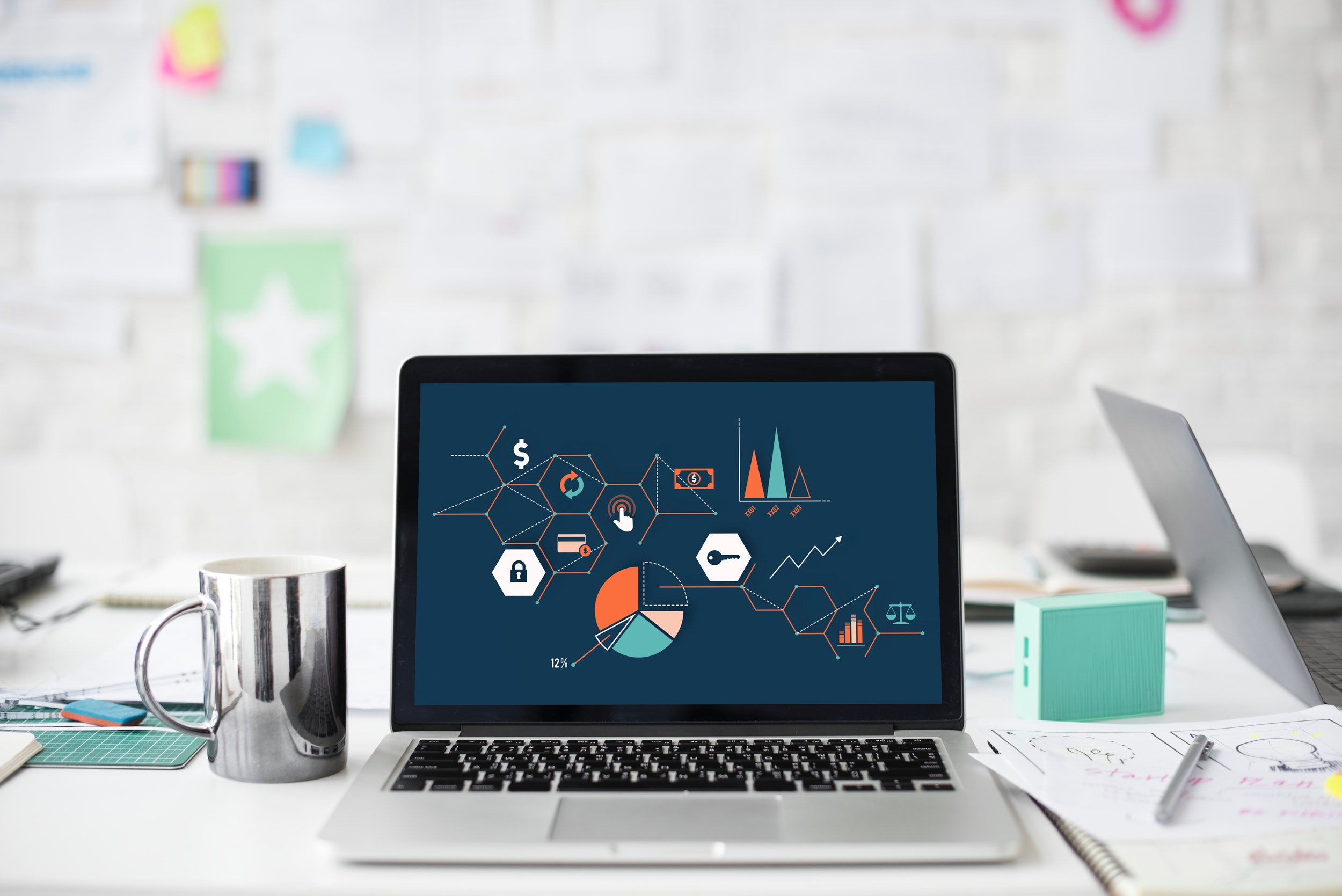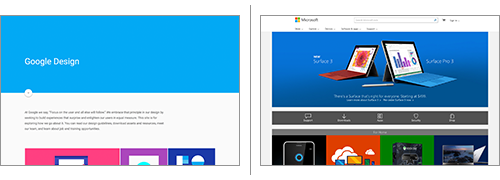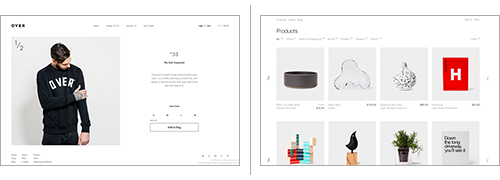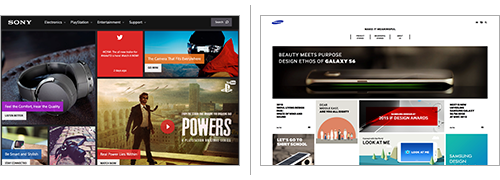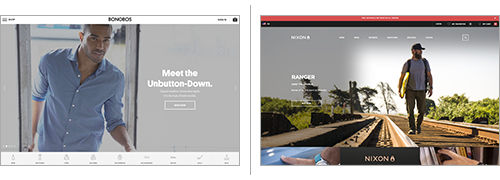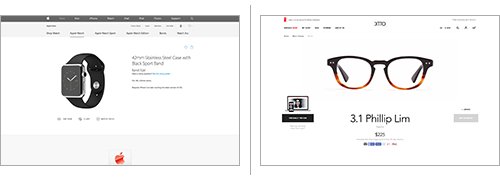Research shows that 55% of users spend only 15 seconds on a website once they’ve clicked a link to get to the site. Therefore, it’s more important now than ever to grab a user’s attention within mere moments, and this is most effectively done with a well-designed UI, or user interface.
Website design needs to deliver the content in an interesting yet effective way. There have been many recent trends that cater to website visitors’ shortened attention spans. These designs range from ones that feature stunning photography to those with engaging interactive capabilities. Despite a variety of specific trends, industry-wide, user interface became more simple and subtle last year. Here’s a recap of the top UI design trends from 2018. These trends will likely set the tone for 2019.
1) Flat UI
In the past couple of years, UI design has become more simple and straightforward. A flat design allows the content to speak for itself by creating a minimal backdrop. In a flat user interface, the design includes two layers: a top layer that consists of contextual elements, and a bottom layer, a solid background color. Flat user interfaces can be easily adapted to mobile, as their simplicity allows information to be presented in the same order with minimal adjustments.
2) Minimalism
Along with the simplicity of flat user interfaces, 2015 brought a decreased amount of clutter to websites. A minimal design utilizes a limited palette, so every individual element must be strong on its own. An intentional use of blank space ensures that minimalistic websites always look clean and light. An added bonus to this type of user interface is faster loading time, which is ideal for e-commerce websites.
3) Card Layout
A card layout is an ideal UI for delivering lots of content across different platforms. Individual cards can be easily rearranged to work for mobile, desktop, and anything in between without creating a responsive design nightmare. Pinterest is an outstanding example – each card features an image, a caption, and a few actions. The web version displays at least four columns of these cards, while the mobile application only has two. This way, the information is quickly and easily reordered and displayed.
4) Typography
User Interfaces aren’t the only things that changed in 2015. Many typefaces were also made more slim and subtle than previously. Bolded fonts are used less and less as the hierarchy of information is displayed more through organization than through the formatting of the text itself. Simple and light fonts are the ones that remained popular throughout the year and will continue to do so through next year.
5) Ghost Buttons
Calls to action, or CTAs, are also being revolutionized with the increasingly minimalistic trends in UI design. They are now often transparent, outlined with a thin stroke, and feature light fonts. These types of CTAs work very well with large background imagery as they allow the viewer to still see the visual but still serve as a gentle reminder to click to the next page. These minimally invasive CTAs have become preferred over much more bold and obvious ones.
6) Video Backgrounds
In addition to large background images taking over many websites, video backgrounds are becoming more and more prominent. Unlike a static image, videos can quickly deliver more content in a more impactful and eye catching way.
7) Cleaner Product Displays
With more and more purchases of physical products being made online, the user experience while shopping on the web is growing increasingly important. Merely a few photos are no longer sufficient for a seasoned buyer; website viewers want to see videos, 360-degree photos, and interactive animations of the products they are considering buying. These also allow the seller to display more of the product’s features.
Tags: Design, trends in 2016, web design
